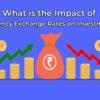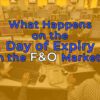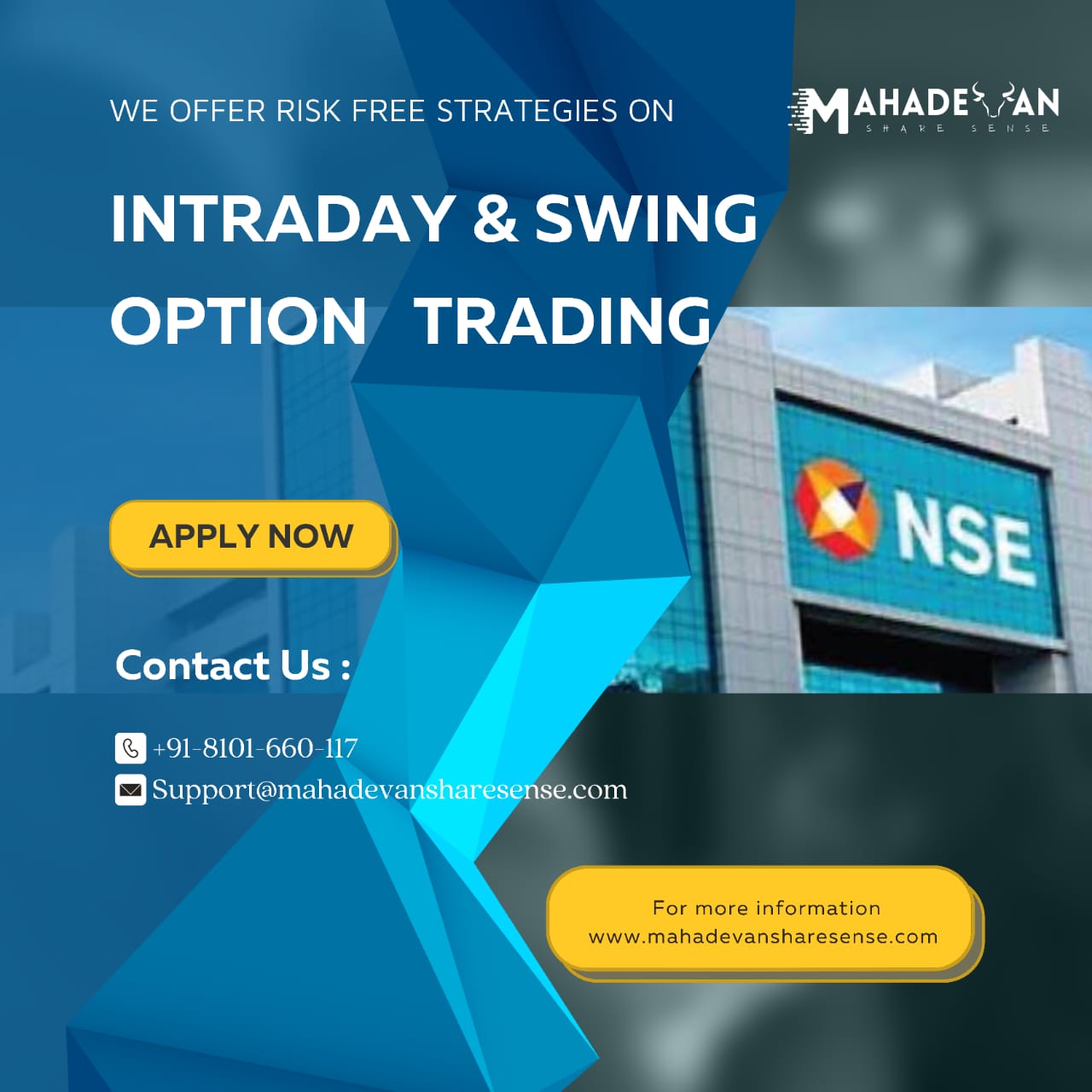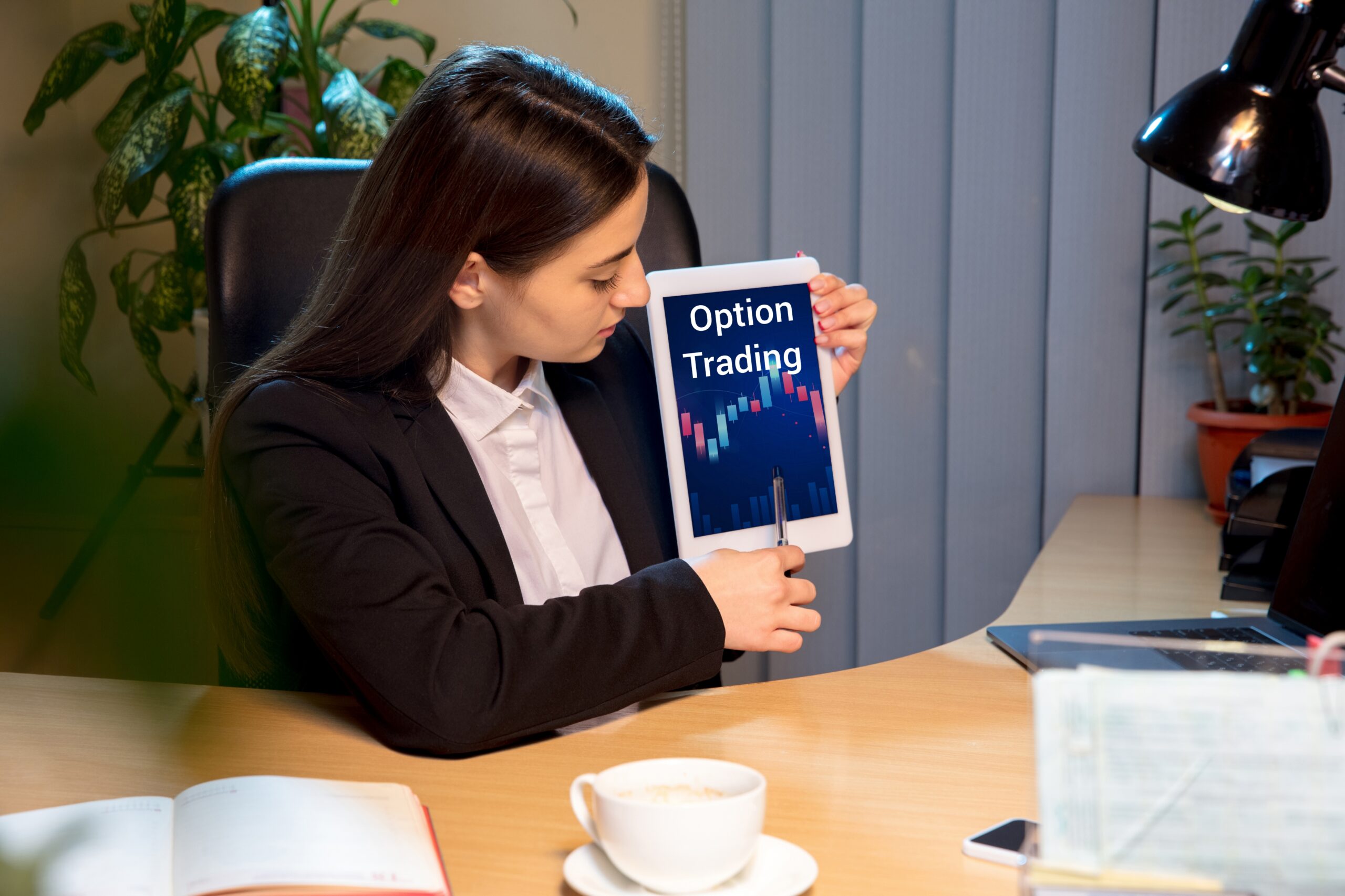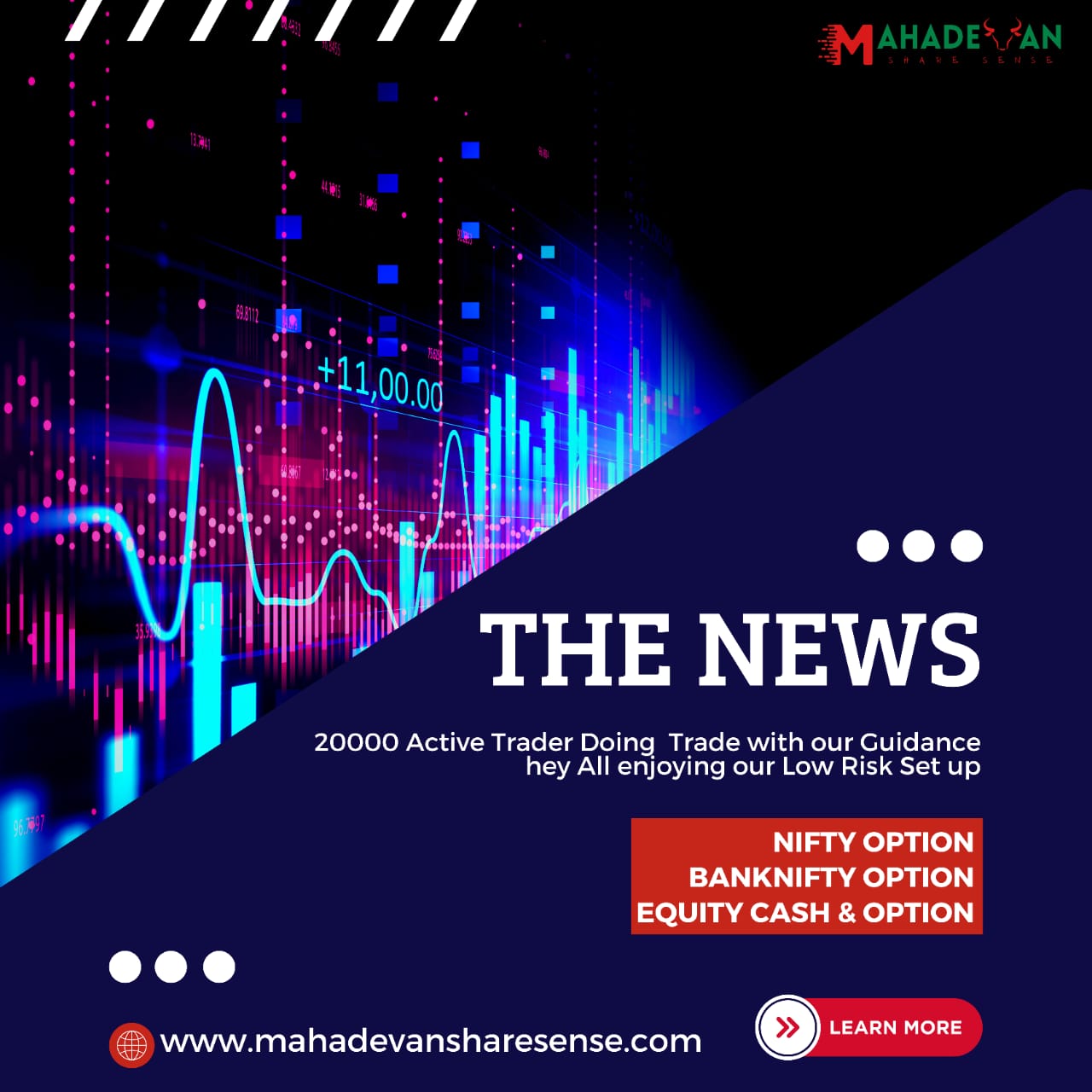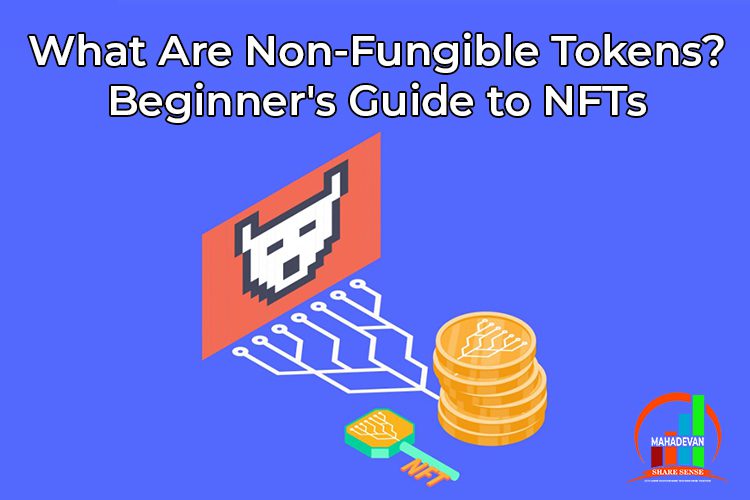

An NFT or a non-fungible token is a digital asset that represents real-world objects like music, art, videos, collectibles, designer sneakers, and in-game items. Non-fungible means that it is unique and cannot be interchanged due to its unique properties.
For example, a bitcoin can be replaced with another bitcoin and a100 Rupee note can be interchanged with another Rs. 100 or two Rs. 50 notes. However, NFT cannot be replaced with something else and has a unique identity.
How Does NFT Work?
NFT exists on a blockchain which is an underlying process that makes cryptocurrency possible. NFT is typically held on the Ethereum blockchain, although it is supported by other blockchains as well. Blockchain technology holds a record of transactions.
NFT gives exclusive ownership rights to its owners. This means that each NFT can have only one owner at a time. The unique data of NFT makes it easier to verify ownership and transfer tokens between owners.
The creator or the owner can also store specific information inside NFT. For example, an artist can sign their artwork by adding their signature in the metadata of NFT.
How Is NFT Traded in the Market?
NFT is bought or sold (traded) on specialized platforms and OpenSea is a well-known NFT marketplace. An NFT sale doesn’t necessarily mean the transfer of the object depicted by the token. Instead, it is the certificate of ownership that changes hands, registered on the blockchain.
The certificate should be kept in a digital wallet that can be accessed via Metamask – a free internet browser extension or a physical device. Your wallet must contain a relevant cryptocurrency to buy an NFT (ether or ETH if you are buying a token on the Ethereum blockchain).
What Are the Risks Associated with NFT?
Anyone can create an NFT out of anything on the internet. This signals that there are many copied or worthless versions of original NFT tokens online for trade. It required an experienced NFT trader to decide what to invest in.
Many types of malpractices and manipulation techniques are also prevalent in NFT markets. Some investors mint an NFT out of a file that doesn’t belong to them. They try to sell it off as their property to new buyers in the market.
Wash trading is also very common in NFT markets. In this trading, a person tries to sell and buy the same NFT to create artificial or misleading activity in the marketplace to artificially pump the NFT price. Wash trading can be easily detected by an experienced NFT trader but a newcomer may fall into the trap.
One more risk associated with NFT is its high volatility as the market is at its nascent stage and yet to evolve. Also, there aren’t enough set mechanisms to price the assets appropriately. NFT trading involves technical processes that can be misunderstood and may cause confusion among new investors.
NFT and Its Liquidity
Liquidity, a term used in the security market, defines how easily a company can convert its asset into cash. In the case of an NFT, the liquidity depends upon the popularity of the NFT. This is because, in any marketplace, each seller needs to find a buyer who can pay a certain amount for the unique NFT.
If the NFT is popular, it will have many potential buyers and vice-versa. However, as NFT is still at its nascent stage and not widely understood, the buyers-sellers number is relatively small as compared to other digital assets. This makes it difficult to trade NFT, especially during times of distress.
Moreover, NFT does not offer any income potential to its owners unlike dividend-paying stocks, interest-bearing bonds, and rent-generating real estate. The NFT investors can expect returns based on the price appreciation of NFT.
How To Invest in NFT?
Most of the transactions related to NFT take place in a dedicated marketplace. Following is the step-by-step guide on buying NFT:
- Generally, marketplaces use the Ethereum network for their NFT transactions. Therefore, you will need Ethereum native token ‘Ether’ to purchase an NFT. If you don’t have it, you can open an account with an exchange and buy a token from there.
- Next, you will need to set up a crypto wallet compatible with Ethereum where you will store your cryptocurrency. Platforms like Coindesk, Metamask, etc. can be used to open wallets. You will have to visit the website of the platform and register to open a wallet with them. Once you open the wallet, you will have to send the Ether (bought from the exchange) to the wallet’s address.
- Next, decide the marketplace you want to purchase the NFT from. Some of the best NFT marketplaces are SuperRare, OpenSea, Foundation, etc. Register your account at the selected marketplace.
- Connect your wallet to the marketplace. Many marketplaces have a simple ‘Connect Wallet’ option on the platform.
- Browse the marketplace and select the NFT of your choice. Many marketplaces have an auction system to buy NFTs and you will need to bid for the NFT you like.
- After you successfully bid for the desired NFT, you will complete the transaction and the required amount will be deducted from your wallet. Keep in mind that you may have to pay a certain transaction fee based on the selected marketplace.
Summing Up
The value of an NFT is based entirely on what the other party is willing to pay for it. Therefore, we can say that the demand of NFT will drive the price and not the technical, fundamental, or economic factors that drive the other digital assets. An NFT may resale for less than what you paid for buying it or there may be no buyer at all.
The NFT market is driven by fear of missing out and scarcity. There is also no guarantee or assurance that the NFT you buy will appreciate with time. However, if you wish to support independent artists and have an appetite for losses, NFT can be a fine collection for your digital library. If you are an investor, do thorough research, understand the risks involved, and proceed with a healthy dose of caution.

